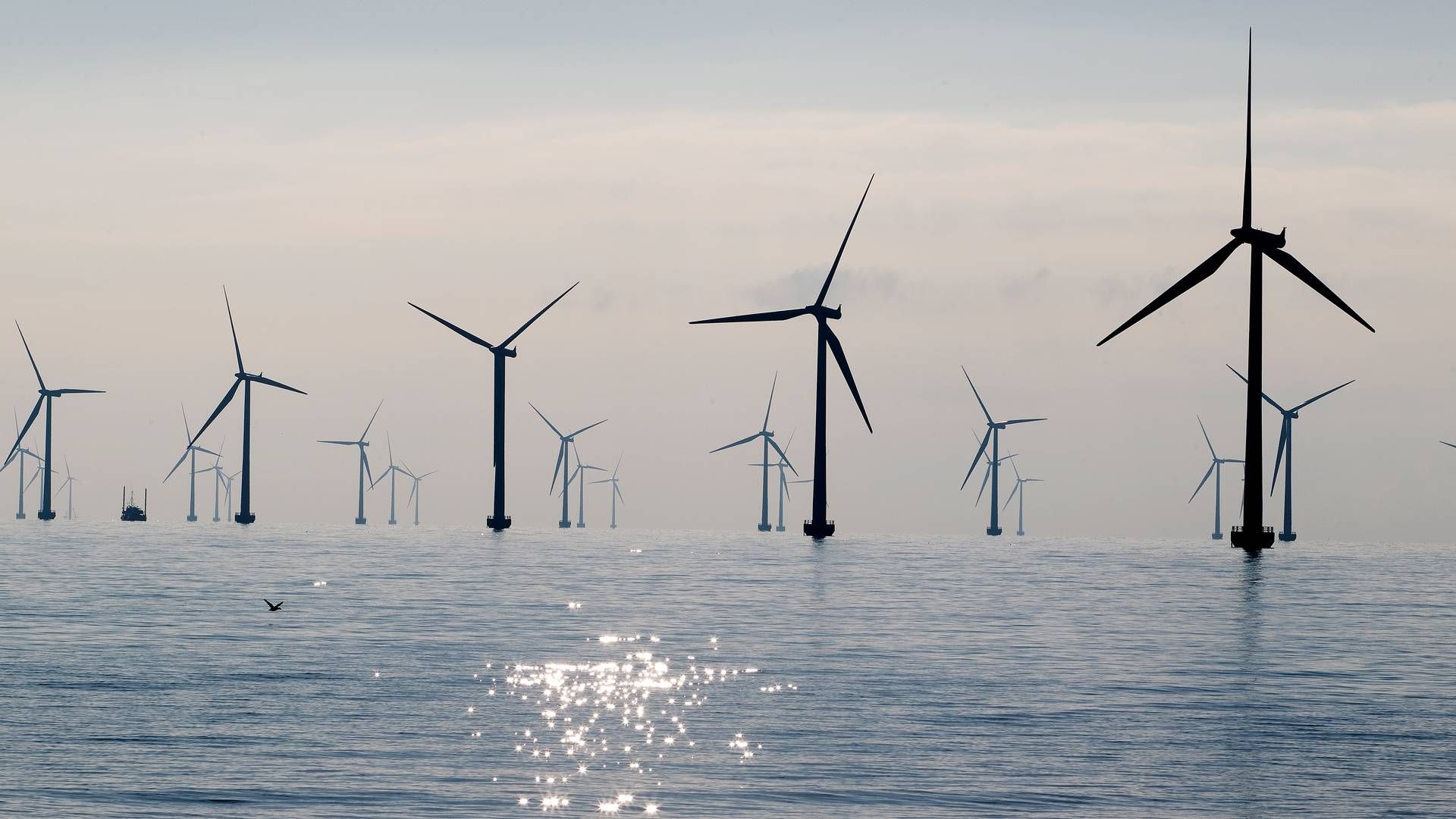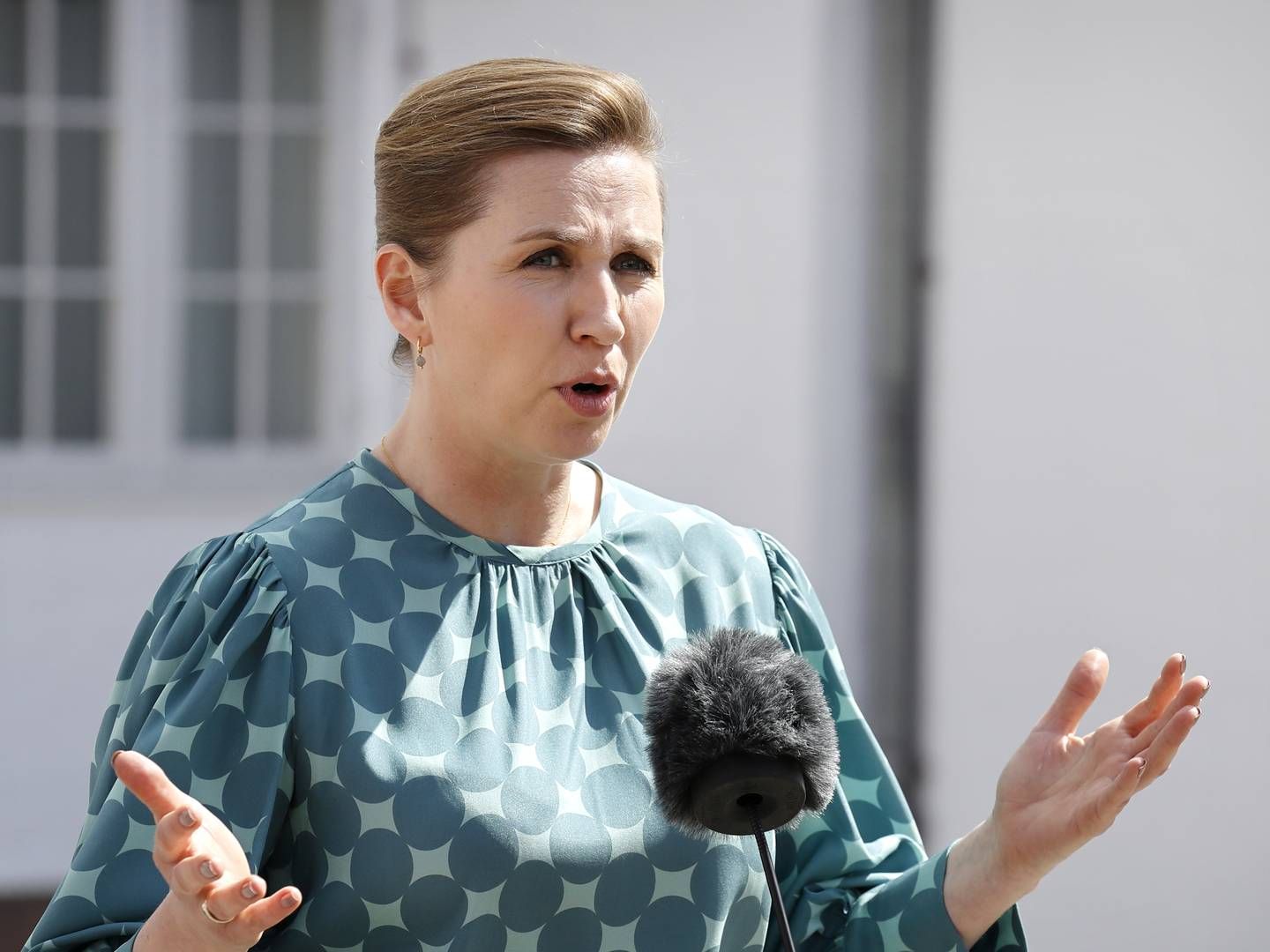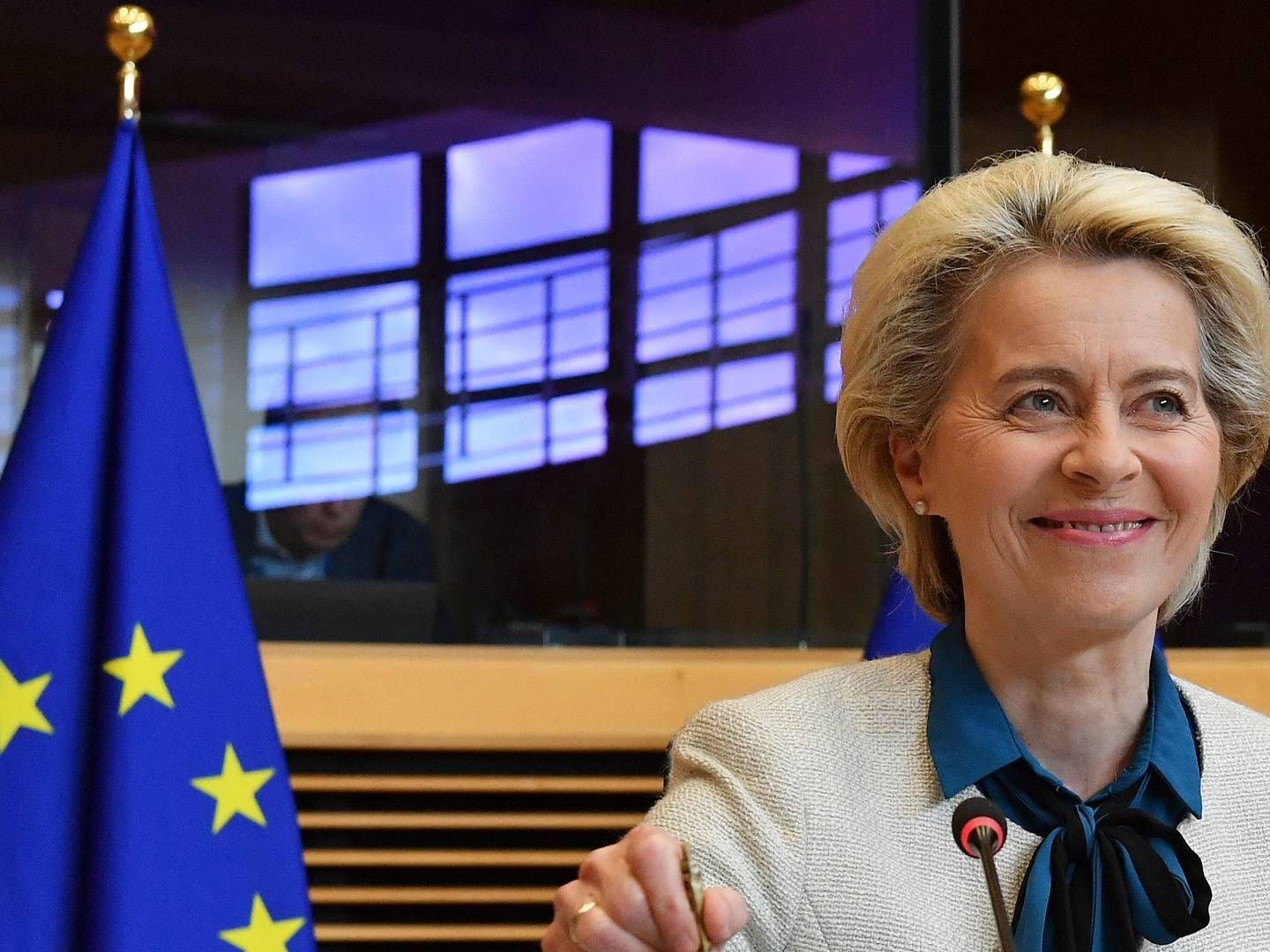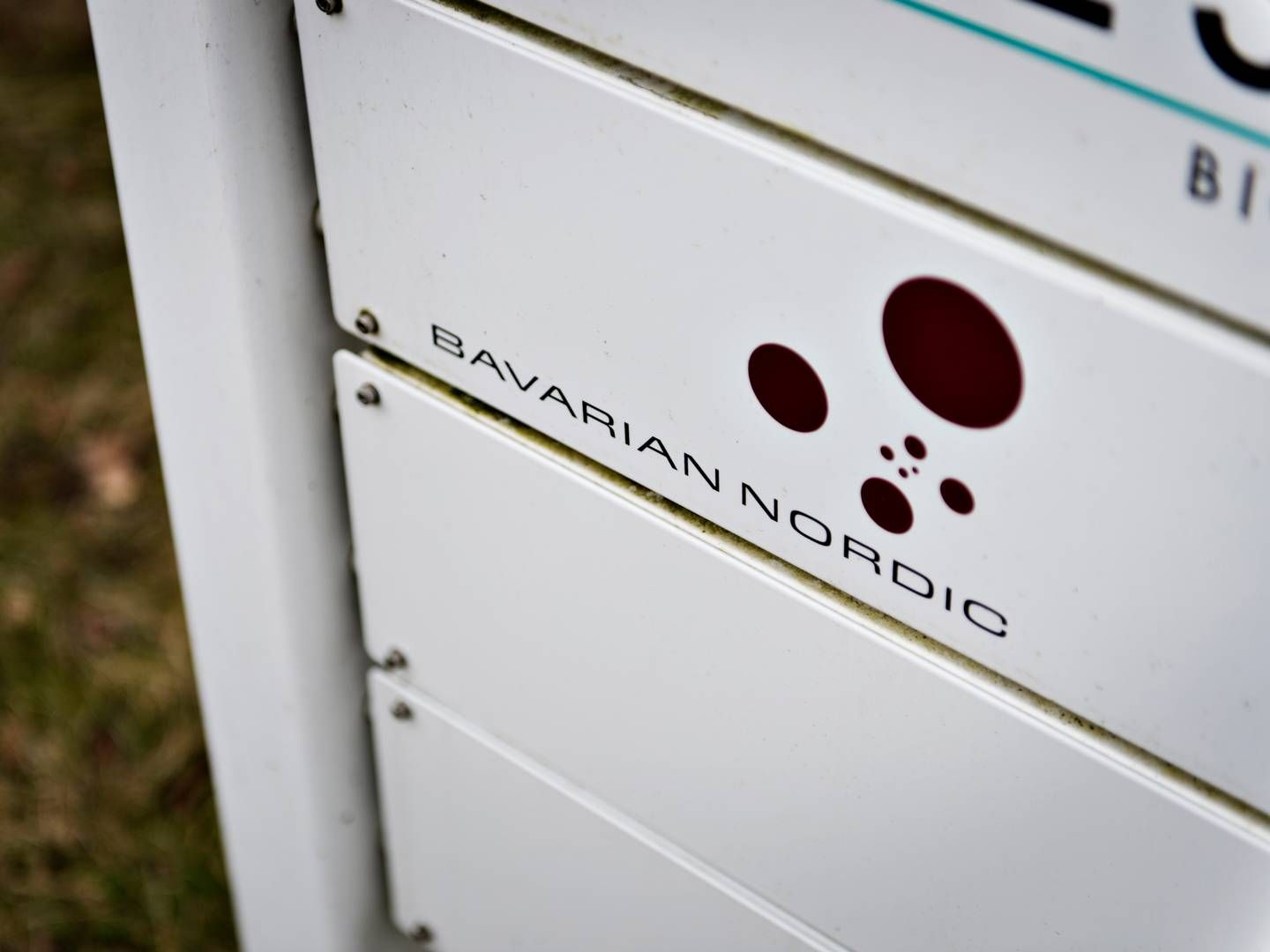Carriers and investors predict major investments with large offshore wind plan: "We need to get started now"

Danish offshore wind carriers and pension providers predict that four EU countries’ large-scale offshore wind plan will entail enormous, billion-dollar investments in order to multiply the offshore wind capacity in the North Sea to 150GW in 2050.
But also Norway and the UK, which are not part of the EU, have major plans for offshore wind farm investments. These plans will also lead to massive investments and increase demand, states wind carrier Cadeler to ShippingWatch.
”It’s an ambitious plan, and many things need to fall into place for it to happen. What’s new is that four countries join forces to create a ’power house’ in the North Sea with 10,000 wind turbines. This calls for wide-scale investments and we need to get started now,” says Mikkel Gleerup, CEO of Cadeler, to sister media ShippingWatch.
Leading up to 2050, around DKK 2,000bn (USD 282bn) will have to be invested in the construction of offshore wind turbines in the North Sea with a total capacity of 150 GW. This is evident from a deal made by Denmark, Germany, the Netherlands and Belgium.
Some of the money for the many wind turbine projects and the necessary infrastructure will, among others, come from Danish pension providers, says Tom Vile Jensen from F&P, trade organization for insurance and pension fims, to news agency Ritzau.
However, slow and extensive approval processes are an obstacle to a rapid expansion of the offshore wind capacity, says industry association Danish Shipping, according to which a ”green regulatory highway” is needed in order to realize the green ambitions.
”One thing is to set a target, another thing is to find out how to realize it. Here, there have been challenges with the amount of time used to consider permits and tenders, and we have to move away from the previous ’stop-and-go’ approach to the expansion,” states Danish Shipping CEO Anne H. Steffensen in a comment to ShippingWatch.
More than 40% of the members in Danish Shipping are, according to the industry organization, either completely or partly involved in offshore wind.
350 wind turbines a year
The gains from realizing the many GW will be enormous, says Danish Shipping. For every GW established in Danish waters, 14,600 domestic man-years are secured – the corresponding number in European waters is 9,000 for every GW, says the industry organization.
Cadeler is already in the process of expanding a fleet of wind turbine installation vessels (WTIVs), used for installing large offshore wind turbines.
”To meet the capacity target (150GW by 2050, -ed.], each year must see establishment of 350 offshore wind turbines of the current size. That’s the starting point today. We believe it’s possible because there is a political will to approval, to expand capacity and to do what’s necessary,” says Gleerup.
Cadeler currently has two operational WTIVs, which cost around USD 350m apiece, and has ordered another three ships with an option to have a fourth one constructed.
”We have been preparing for a while and have ordered new ships, so we feel we are able to help take on this task alongside other countries.”
Other countries have big plans
Gleerup points out that, if 350 offshore wind turbines of the current size are to be installed in the North Sea each year approaching 2050, the efforts will require three WTIVs.
But other countries outside the EU have large ambitions in the area as well. Among these the US, Brazil and Asian countries, while non-EU European countries Norway and the UK have also revealed big plans within offshore wind.
The offshore wind expansion plans announced by the UK alone will require at least three WTIVs, Gleerup says.
Last week, the Norwegian government presented Norway’s new offshore wind ambitions. These entail establishment of 30GW of offshore wind by 2040, almost doubling the current capacity in the country.
Gleerup deems the many expansion plans both positive and realistic but agrees with Danish Shipping that it will be crucial to streamline the various countries’ approval processes.
”We need to work out on a common European level how to handle the approvals of these offshore wind farms. Today, there are huge differences between Poland, Denmark, Germany, Sweden and Norway,” Gleerup says.
”The end justifies the means”
According to Cadeler’s CEO, one of the industry’s challenges is that all nation states want so-called local content in their deals.
”We can’t do that for everything. We can’t have ships under local ownership and local flags everywhere. But I also think there is a consensus that the end justifies the means, so we can get started,” Gleerup says.
Offshore and wind carrier Esvagt, which has a strategic endeavor targeting the offshore wind market with its service operation vessels (SOVs), sees the new, major offshore wind plan as confirmation that the company’s strategy is the correct one.
”It means that the market will be correspondingly larger – and we welcome that – and that more players will enter the stage. All of us will be able to get a bigger piece,” says Esvagt CEO Peter Lytzen.
(This article was provided by our sister media ShippingWatch)
Historic push: European quartet to ramp up offshore wind capacity in North Sea tenfold
EU to speed up green transition in order to curb Russian energy


















.jpg&w=384&q=75)





